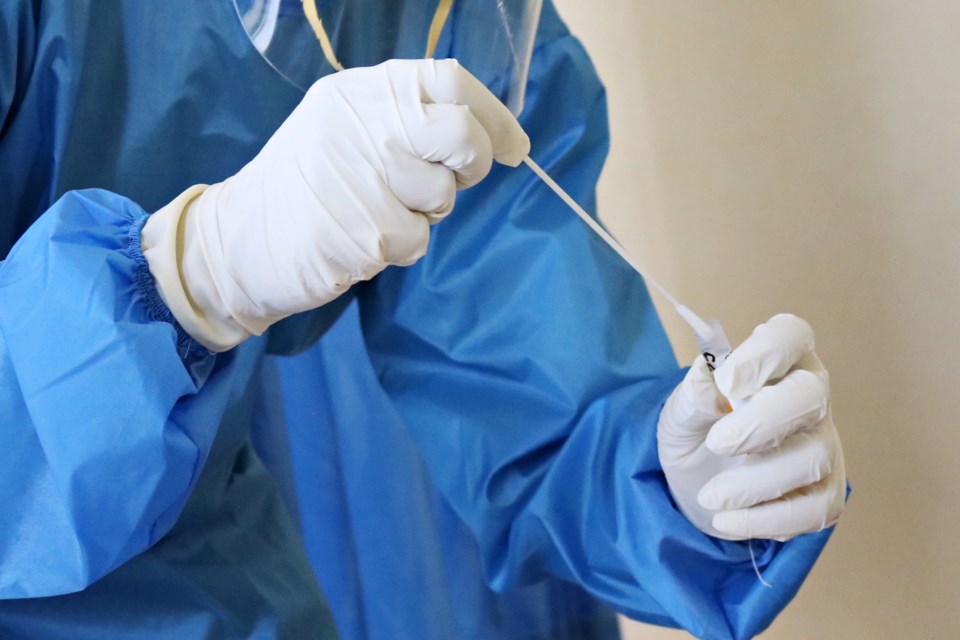More than 10 hospitalizations per 100,000 have been noted in Boulder County hospitals over the last week.
This metric is one of the ones used by the Centers for Disease Control and Prevention, or CDC, to determine a community's COVID level.
"The shift indicates that the risk of COVID-19 is increasing in the community. Enhanced prevention measures are recommended for those at high risk for severe disease, including people aged 50 and older, immunocompromised individuals and those with certain chronic medical conditions," a news release from Boulder County Public Health states.
More than 66% of the new cases in the U.S. have been recorded as the omicron subvariant XBB.1.5. This highly transmissible variant accounts for 44% of cases in the region, the news release reports.
Studies conducted by Dr. David Ho, professor of microbiology and immunology at Columbia University, have indicated that the XBB.1 variant was "63 times less likely to be neutralized by antibodies in the blood of infected and vaccinated people than BA.2 and 49 times less likely to be neutralized compared to BA.4 and BA.5," Ho told CNN.
Ho also said the XBB.1.5 seems to bind more tightly with the "doors the virus uses to enter our cells."
Because more people are testing at home, case numbers are not increasing as rapidly as they were at the beginning of the pandemic, however, increases are being seen in hospitalizations.
"As hospitalizations rise in Boulder County, we need to place an emphasis on protecting our most vulnerable family and community members," said Carol Helwig, Communicable Disease Program Manager for Boulder County Public Health (BCPH). As hospitalizations rise, we encourage those at highest risk for severe disease to get tested and have a plan with your healthcare provider for treatments like oral antivirals."
Medical professionals suggest taking the following steps to stay safe:
- Get yourself and your family fully vaccinated and stay up to date by getting boosted when eligible. Vaccines are safe, effective and free for anyone aged 6 months and up, and they drastically reduce the chance of hospitalization and death.
- Have a plan for testing – If you plan to be near someone at high risk for severe disease, hospitalization, or death, consider getting tested prior to gathering.
- Increase airflow and ventilation – While indoors, use HEPA filters or increase ventilation and airflow by opening windows or increasing air circulation. Consider moving activities outdoors for the best protection.
- Keep your loved ones and community safe by following BCPH recommendations for isolation and quarantine, including getting tested if you are exposed to COVID-19 or have symptoms of COVID-19.
- Wash your hands with soap and water for at least 20 seconds.
- Consider wearing a well-fitting, medical-grade mask as an added layer of protection, especially when close to people at high risk for severe disease, hospitalization, and death or in settings that primarily serve individuals who are not up to date or at high risk for severe disease.
- If you are immunocompromised or at high risk for severe disease:
- Talk to your healthcare provider about whether you need to wear a mask and take other precautions.
- Talk to your healthcare provider about whether you are a candidate for treatments like oral antivirals.



